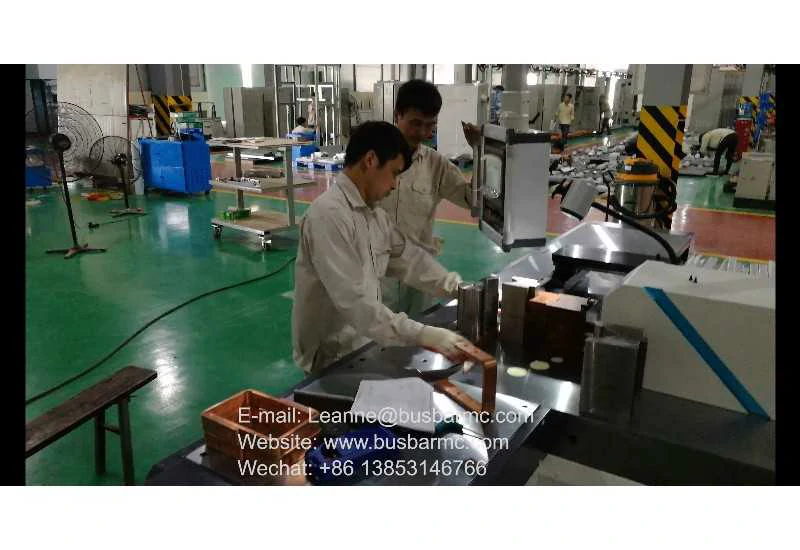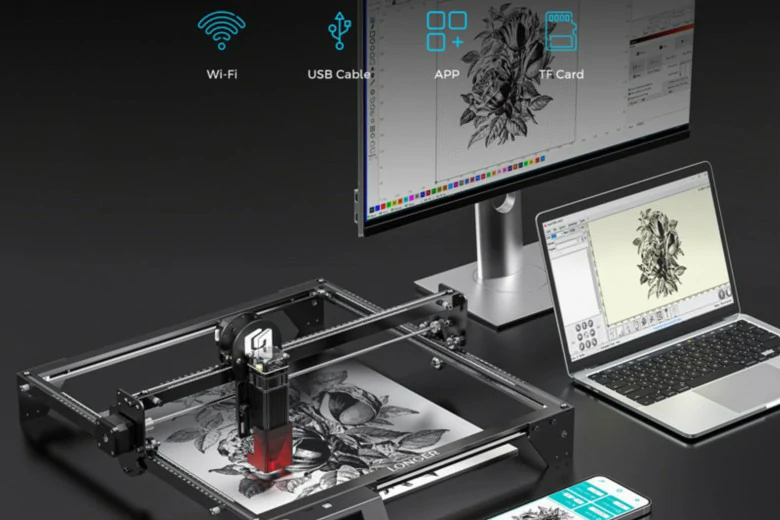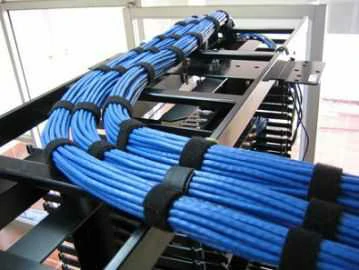Copper bar machining is an essential process for creating efficient and precise copper bar busbars, which are commonly used in electrical power distribution and industrial applications. The machining of copper bars requires a high level of precision and expertise to ensure the final product meets quality standards and performance requirements. In this article, we will explore the various aspects of copper bar machining, including the importance of precision, the machining process, common challenges, and the latest advancements in machining technology.
Importance of Precision in Copper Bar Machining
Precision is paramount in copper bar machining due to the material’s unique properties. Copper is known for its high conductivity and thermal efficiency, making it an ideal choice for busbars in electrical systems. However, its malleability and softness present challenges during the machining process. Achieving precise dimensions and surface finishes is crucial to ensure the proper fit and function of copper bar busbars within electrical equipment.
Machining Process for Copper Bars
The machining process for copper bars involves several key steps to achieve the desired dimensions and surface quality. Initially, the copper bar stock is inspected for any surface imperfections or defects that could affect the machining process. Once the material passes inspection, it is secured in the machining center, and the necessary tooling and fixturing are prepared.
Machining operations such as milling, drilling, and turning are performed with carefully selected cutting tools and parameters to minimize heat generation and tool wear. Coolant or lubricant may be applied to dissipate heat and improve chip evacuation during the machining process. Additionally, the use of high-precision CNC (Computer Numerical Control) machines ensures accurate and repeatable machining of copper bars to meet tight tolerances.
Tool Selection and Material Considerations
Selecting the appropriate cutting tools for copper bar machining is critical to achieving optimal results. Carbide cutting tools are commonly used due to their excellent wear resistance and ability to withstand the demands of machining copper. High-speed steel (HSS) tools can also be utilized for certain applications, but they may experience faster wear when machining copper due to its abrasive nature.
In addition to tool selection, the material composition of the copper bar itself is an important consideration. Different grades of copper, such as C11000 (electrolytic tough pitch copper) copper busbar machine and hydraulic busbar bending machine C10100 (oxygen-free electronic copper), may require specific machining parameters to account for variations in hardness, ductility, and other material properties.
Challenges in Copper Bar Machining
Copper bar machining presents several challenges, primarily due to the material’s tendency to work harden and generate heat during cutting. Work hardening occurs when the material becomes harder and less ductile as a result of plastic deformation caused by the machining process. This can lead to increased tool wear and reduced cutting efficiency if not properly managed.
Additionally, the heat generated during machining can adversely affect the surface finish and dimensional accuracy of the copper bars. Controlling the cutting parameters, tool geometry, and use of coolant/lubricant are essential to mitigate these challenges and ensure consistent machining performance.
Advancements in Machining Technology
Advancements in machining technology have significantly improved the efficiency and precision of copper bar machining. One notable development is the utilization of high-speed machining techniques, which involve using specialized cutting tools and machining parameters to achieve higher material removal rates while maintaining precision.
Moreover, the integration of advanced CNC systems with real-time monitoring and adaptive control capabilities has enabled machinists to optimize cutting processes based on actual machining conditions. This adaptive control allows for dynamic adjustments to cutting speeds, feeds, and tool paths, resulting in improved process stability and overall machining performance.
Furthermore, the application of advanced tool coatings, such as diamond-like carbon (DLC) and titanium aluminum nitride (TiAlN), has enhanced tool life and wear resistance when machining copper and other challenging materials. These coatings reduce friction and heat generation, thereby extending tool longevity and minimizing the need for frequent tool changes.
In conclusion, the efficient and precise machining of copper bar busbars is essential to meet the stringent requirements of modern electrical and industrial applications. With a focus on precision, careful consideration of tool selection and material characteristics, addressing inherent machining challenges, and leveraging the latest advancements in machining technology, manufacturers can achieve superior results in copper bar machining. By continuously refining machining processes and embracing technological innovations, the industry can further elevate the quality and performance of copper bar busbars for diverse engineering needs.




